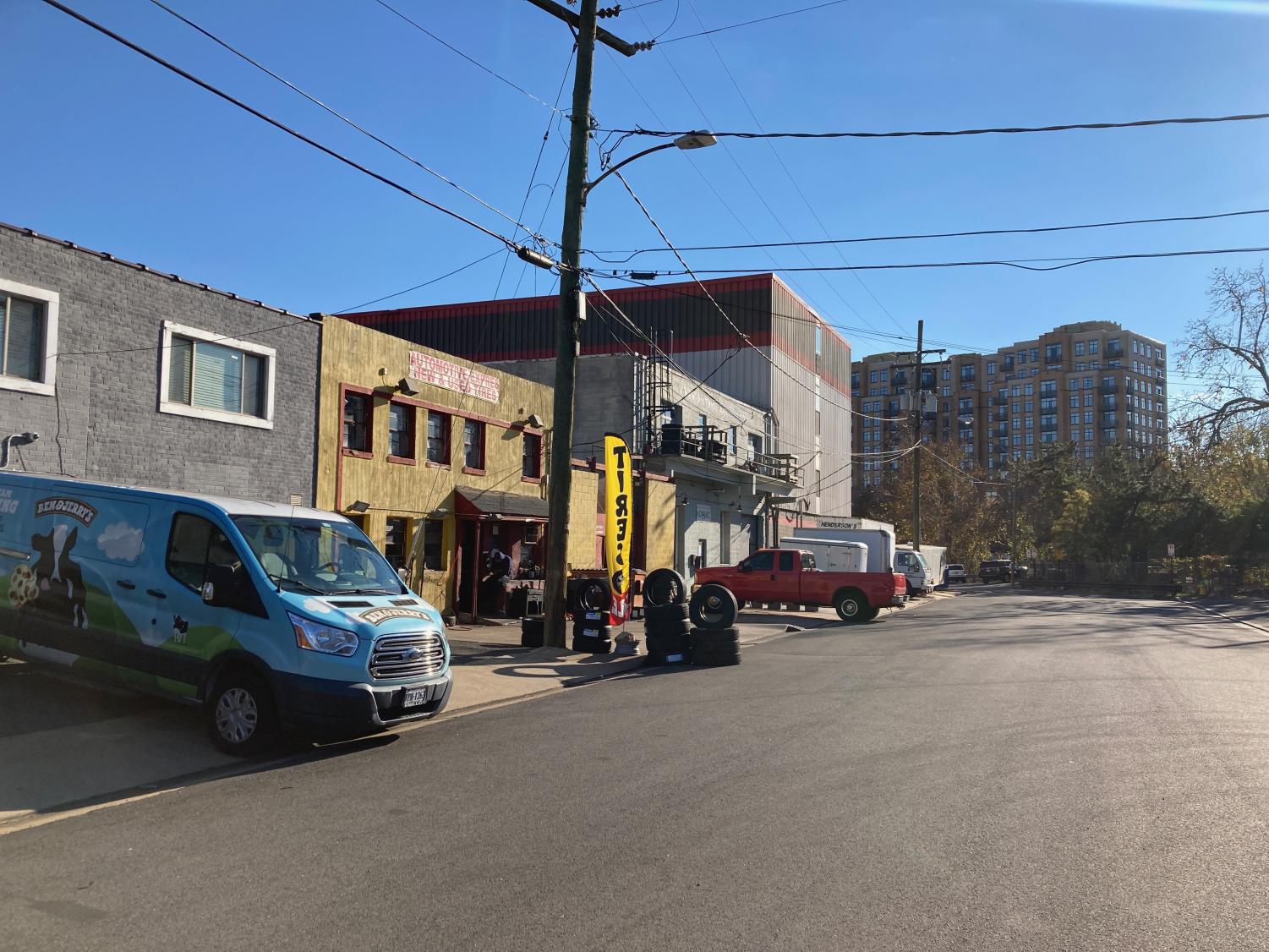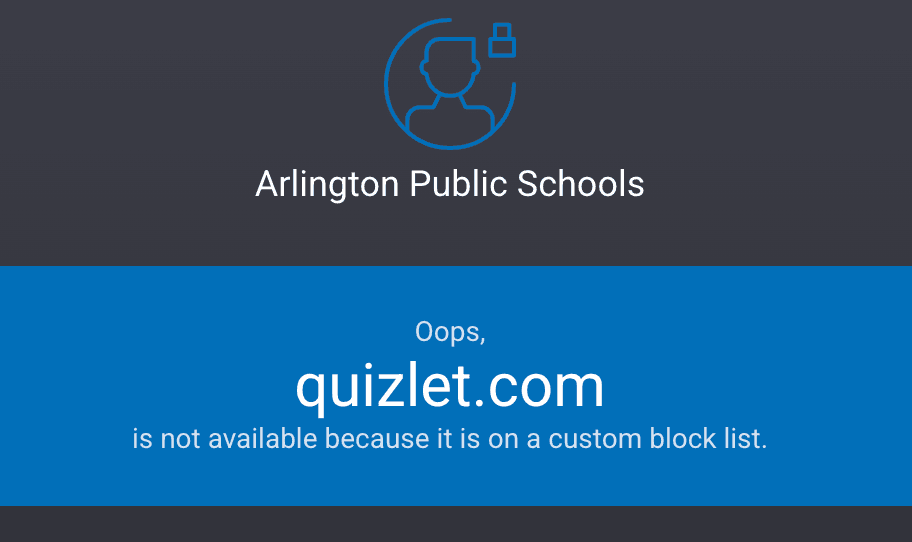Arlington is suburbia dreamland. Its 26 square miles are covered by single family homes, strip malls and office buildings. They are barren of land designated for service industry use, of which the county has just five blocks. Green Valley, a historically Black community of roughly 8,150 residents near Arlington’s southern tip, is the exception.
“We are the only industrial area in Arlington,” Portia Clarke, president of the Green Valley Civic Association (GVCA), said.
Because of this, Green Valley is noticeably different from Arlington’s other communities. The neighborhood’s commerce mostly consists of storage warehouses and specialized service, as well as light industrial and automotive-oriented businesses. Green Valley’s industrial roots, GVCA Vice President Robin Stombler explains, separate the culture of the neighborhood from the rest of Arlington.
Stombler provided an example: in September 2015, residents of Green Valley awoke to their neighborhood park, Jennie Dean Park, covered in Arlington Rapid Transit (ART) Buses without prior notice or permission. The park was serving as a bus storage facility. Nearby residents found the storage facility to be a nuisance. Because of this, the GVCA offered ART an alternative space to house a bus storage facility within their community.
“What other community in Arlington would encourage the county to place an [Arlington Rapid Transit] bus storage facility within their neighborhood?” Stombler said.
Both Clark and Stombler served on a committee which wrote the 2018 ‘Four Mile Run Valley Area Plan,’ a document detailing plans for the development of a Town Square and an Arts and Industries District. Both claim the term ‘Four Mile Run Valley’ was created for, and limited exclusively to, the area plan.
Yet the domain of Four Mile Run Valley is a point of contention and misunderstanding, not only between Green Valley community members and the county government, but between county officials themselves.
Chikwe Njoku, the Program Coordinator for the Arlington County Government, described Four Mile Run Valley as an isolated location within Green Valley.
“[Four Mile Run Valley] is in Green Valley. We tried to isolate the geography so we can focus people’s attention on where to plan. The name ‘Four Mile Run Valley’ was conjured up to talk about that section of Green Valley,” Njoku said.
Stombler disagreed.
“There is no such place as Four Mile Run Valley within Green Valley,” Stombler said.
Because of a definition from the 2021 updated Public Arts Master Plan (PAMP), Stombler, Clark and many other GVCA members understood the county’s intention for Four Mile Run Valley to be a new, separate neighborhood, cutting out areas of Green Valley. This interpretation worried many community members, who believed the county was attempting to move a boundary of their community which holds historic importance to them.
Arlington County Board Member Christian Dorsey, however, defined the region as something else entirely. He described Four Mile Run Valley as a broad area encompassing Green Valley, Shirlington, Douglas Park and other adjacent communities, likening the area to National Landing and the Rosslyn-Ballston Corridor.
“It is not an independent neighborhood; it is a geographic description of a place that includes multiple existing neighborhoods,” Dorsey said.
Given the relative positions of authority over the project and opposing definitions of Four Mile Run Valley, its domain remains unclear to the public.
This is not the only example of opposing narratives given by the county to Green Valley. In October, the county purchased a building on the 2700 block of S Oakland St., which housed the renowned Inner Ear Studio, intending to demolish it.
“There is an opportunity to rebuild something on that site that Inner Ear can be a part of. There is an opportunity for the county to work with [the owner, Don Zientara] who I’ve gotten to know a little bit. We’re in talks with him about what it could look like for Inner Ear to continue in a different way. Getting rid of Inner Ear was never part of the plan. We just had to demolish the building because it is old and out of code,” Dorsey said.
Both Clark and Stombler, however, were under the impression that the building was being torn down in favor of a parking lot for the new town square and arts district.
Several community members find the reasoning for the iconic punk studio’s demolition ironic: to create space for a district promoting the arts.
“One of the recommendations for the Four Mile Run Valley area was [for it] to become an Arts and Industries district in conjunction with us maintaining the industrial designation we already had,” Clark said.
This Arts and Industries district would organically build upon an existing arts block near the planned town square. The district would utilize and retrofit already existing buildings to host pop-ups, galleries, learning spaces and an arts center akin to Old Town Alexandria’s Torpedo Factory.
In order to encourage future businesses to open within the Arts and Industries district, the working group responsible for the district’s planning requested the Arlington County Board establish the area as an arts district. This would grant incentives to the quarter. Because this is explicitly allowed by Virginia Code, they were surprised to find Arlington County was resistant, claiming they did not have the jurisdiction to establish an arts district. Believing the county possessed that authority, the working group, along with Virginia State Representative Patrick Hope, asked the Virginia Division of Legislative Services (VDLS) if the county could designate such a district. The VDLS told Hope they could.
Despite this, many community members feel as though the county has been averse to the idea of establishing the quarter as an arts district. Both Clark and Stombler believe the county is hesitant to do so because of Green Valley’s industrial roots.
In the eyes of many Green Valley residents, evidence the county is erasing the district’s — and the community’s — industrial roots (which were heavily emphasized by the SNAIQ report) came through the PAMP. The document, which was received with controversy from the GVCA, labelled the Arts and Industries district as an ‘Arts and Creative Industries’ district. In a letter to the County Board, the GVCA Executive Action Committee wrote “the term ‘creative industries’ excludes existing industrial uses supported in the Four Mile Run Valley Area Plan. The county’s goal should be the ‘development of an Arts and Industry district.’”
Dorsey believes GVCA members were reading into the language of the document too closely.
“It was a semantic choice…. And [it] was not meant to imply that industries are not a part of [the district]. It was just meant to describe what arts are, and arts are creative. This was a public arts master plan, so industry was not something that the people who drafted the plan were thinking of,” Dorsey said.
This is not the only instance in which many residents of Green Valley felt the county disrespected their community or ignored their work that Dorsey attributed to ‘semantics’ or errors which were being overanalyzed. He had little to say as to why Green Valley’s community reads and analyzes the language used by the County Government so closely.
Regardless of whether it be a definition of a boundary in a public arts plan, the purchase of a building which quarters a recording studio or the classification of a planned arts district, the conflict has never been isolated. These conflicts are symptoms of a much deeper issue: Green Valley’s residents feel as though their community and culture are threatened by the local government.
“When our local government quietly attempts to paper over one community, it is cause for alarm,” Stombler said.
Arlington’s increasingly corporate, upper class atmosphere and its vision of holding world-class attractive residential and commercial neighborhoods directly clashes with Green Valley’s working class industrial roots. The county repeatedly ignores the wishes and vision of Green Valley’s residents for their own neighborhood as to meet its own goals. The community’s residents feel as though they are being ignored and as if their culture is being destroyed.







































